Interviewing is often perceived as an art form, but in reality, it’s a science supported by decades of research. As decisions made during interviews can significantly impact the trajectory of companies and careers, it’s crucial to distinguish between fact and fiction. In this article, we’ll delve into the truth behind five common interview myths that have persisted over time.
Myth No. 1: Interviews should be conversations.
While some advocate for interviews conducted as conversations to foster openness and honesty, it’s essential to differentiate between a conversation and an interview. Interviews are structured encounters with specific goals, where relevant questions are employed to evaluate job-related skills within a limited time frame. However, this doesn’t mean interviews must lack warmth. Techniques like mirroring and asking follow-up questions can help establish rapport while keeping the focus on the interview’s goals.
Myth No. 2: ‘I am a great judge of character.’
Many believe they possess an innate knack for assessing someone’s character. However, research suggests that relying solely on gut instincts can lead to biased judgments. Acknowledging the limitations of personal judgment and adopting a more objective approach to hiring is crucial for effective decision-making.
Myth No. 3: The more interviews, the more accurate the hiring decision.
While some companies believe that conducting multiple interview rounds enhances accuracy, data from Google reveals otherwise. Their analysis found that beyond four interviews, the increase in accuracy was marginal. Instead of focusing on the number of interviews, it’s essential to achieve alignment among interviewers to make the process as effective as possible.
Myth No. 4: ‘I can tell whether a candidate’s a good fit in the first five minutes.’
Forming snap judgments within the initial moments of an interview is highly unlikely to accurately gauge a candidate’s suitability. Rushing to judgment based on factors like body language or handshake strength can introduce bias and skew perceptions. Adopting a researcher’s mindset and documenting initial impressions with a question mark, not an exclamation point, is key to ensuring fair evaluation.
Myth No. 5: Human skills and hard skills should be assessed separately.
Conventional wisdom often dictates separating assessments of technical and human skills. However, integrating talent acquisition professionals into professional interviews enables a comprehensive evaluation encompassing both aspects. Observing a candidate’s performance throughout the interview provides valuable insights into their human skills, eliminating the need for separate assessments.
As you embark on your next round of interviews, it’s essential to prioritize evidence-based practices for a fair, balanced, and effective hiring process. At Mosaic Consulting Group, we understand the importance of embracing science in HR practices. That’s why we offer HR Outsourcing services designed to assist with day-to-day administrative tasks, allowing your team to focus on the human side of Human Resources. With our support, you can efficiently manage administrative duties while ensuring that your team has the time and energy to nurture the personal touch that truly defines HR.
Learn more about our HR Outsourcing services and how we can help streamline your HR administration processes. Let’s work together to revolutionize the way you identify top talent and make hiring decisions.

